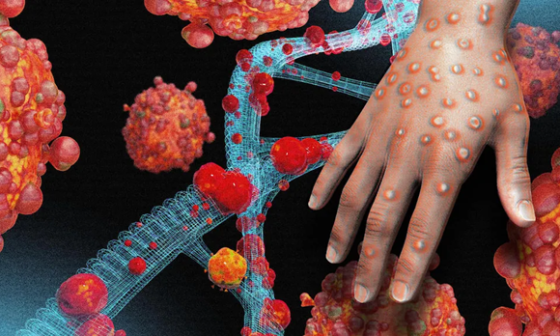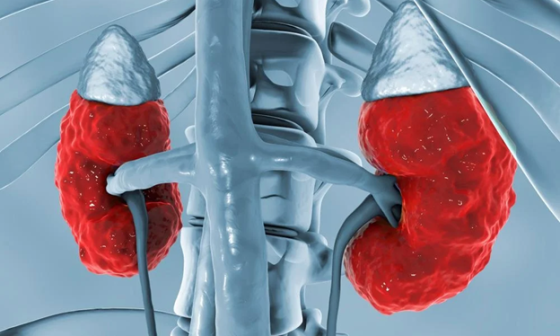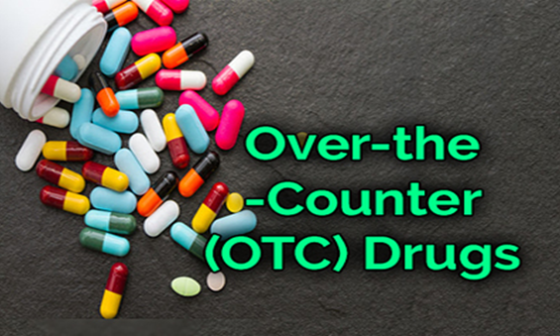Stroke is one of the major causes of deaths and disabilities in developing countries like Nigeria. The World Health Organisation estimates that 70% of strokes globally occur in low and middle income countries. Periodic stroke screening tests for individuals with stroke risk factors is a critical step in reducing the public health burden of stroke in Nigeria.
Most stroke risk factors such as untreated high blood pressure and uncontrolled diabetes mellitus require regular monitoring and screening to decrease the chances of developing a stroke.
What is Stroke
Stroke occurs when blood supply to a specific part of the brain is either reduced or compromised due to a blockage or rupture of its blood vessels. This causes death of brain cells within a few minutes due to deprivation of oxygen and vital nutrients.
Types Of Stroke
- Haemorrhagic stroke: It occurs when a brain blood vessel ruptures leading to swelling of surrounding brain tissues due to blood leakage. This accounts for 13% of all stroke cases and it occurs in people with abnormal vascular swelling or prolonged uncontrolled hypertension.
- Ischaemic Stroke: This happens when the brain blood vessel has become narrow due to protracted accumulation of fatty deposits in the blood vessels or when dislodged blood clots enter the blood stream and are trapped in the brain smaller vessels. Ischaemic Stroke accounts for 87% of stroke cases.
Risk Factors for Stroke
The chances of developing a stroke increases with the presence of these risk factors:
- Genetic Factors: Family history of stroke predisposes an individual to stroke.
- Age: Stroke affects elderly people more than younger ones because of multiple chronic medical conditions that affect the elderly.
- Prolonged consumption of unwholesome diets: Eating foods with high amounts of unhealthy fats like saturated/Trans fat raises the risk of forming fatty deposits in blood vessels over time.
- Lifestyle habits: Individuals with sedentary lifestyle and those that consume many units of alcohol and smoke cigarettes are more at risk if developing a stroke than those who do not indulge in these substances.
- Presence of medical conditions: Medical conditions such as uncontrolled high blood pressure, abnormal cholesterol level, coronary arterial diseases and diabetes increases the risk of developing stroke.
Stroke Symptoms
Stroke requires immediate recognition and prompt medical attention.
To achieve this purpose, the acronym called F.A.S.T was created to summarize stroke symptoms and to stress the need for urgent medical intervention to reduce the number of deaths and other stroke complications.
F – Presence of facial drooping
A – Weakness, numbness or paralysis on one arm or side of the body.
S- Sudden inability to speak or slurred speech.
T- Timely intervention
Stroke Diagnosis
The diagnosis of a stroke requires carrying out tests to ascertain damage to the brain tissues and other stroke tests to identify the possible cause of the stroke.
- Brain computerised tomography scan: This is the primary investigation required to make a clear diagnosis of a stroke. This helps to differentiate heamorrhagic from ischaemic stroke and localises the brain tissues affected by compromised blood supply.
Image below shows a brain computer tomography scan for stroke diagnosis
- Echocardiography
- Fasting lipid profile
- Clotting profile
Stroke screening tests help to detect early individuals that have stroke risk factors.
Upon detection, these individuals require follow up and commencement of appropriate treatment from a health professional.
The stroke screening tests that should be carried out regularly are:
- Fasting Lipid profile: It identifies people with high blood cholesterol, which increases their risk of forming fatty plaques as they advance in age unless it is addressed by taking drugs.
- Fasting blood glucose: This detectson time individuals prone to developing diabetes and people with uncontrolled blood glucose level. This test should be done regularly especially for persons who are already diabetic.
- High blood pressure monitoring : Blood pressure can be monitored at home using a blood pressure monitoring device or in the hospital.
- Heart health investigations : Electrocardiography and echocardiography should be regularly performed for people with pre-existing heart conditions or high risk individuals.
Conclusion
Stroke can be prevented by early identification of stroke risk factors, lifestyle modifications and carrying out the highlighted screening tests periodically.
With reference to 2020 world stroke day theme, you need to act now to prevent stroke and share this information with friends and family members who have the stroke risk factors listed.
To help prevent the sudden occurrence of stroke and to reduce the risk of hemorrhagic stroke caused by uncontrolled high blood pressure, Wellahealth is sponsoring a FREE blood pressure test for 100,000 Nigerians all across the country.
You can register for a free blood pressure test at BPcheck or WhatsApp today
Which of the stroke screening tests have you done in the last 3 months?






